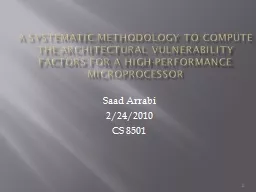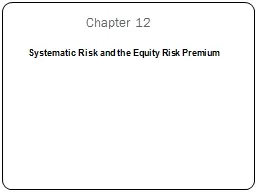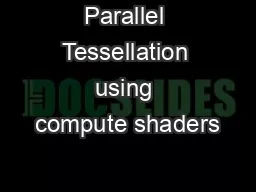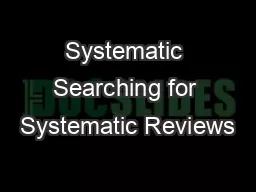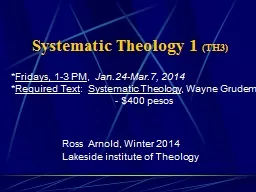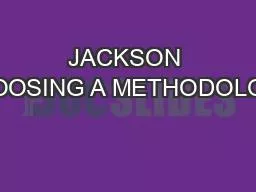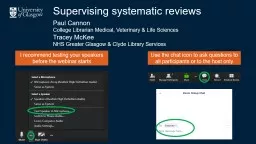PPT-A Systematic Methodology to Compute the
Author : phoebe-click | Published Date : 2015-12-03
Architectural Vulnerability Factors for a HighPerformance M icroprocessor 1 Saad Arrabi 2242010 CS 8501 Outline Definition of soft errors Motivation of the paper
Presentation Embed Code
Download Presentation
Download Presentation The PPT/PDF document "A Systematic Methodology to Compute the" is the property of its rightful owner. Permission is granted to download and print the materials on this website for personal, non-commercial use only, and to display it on your personal computer provided you do not modify the materials and that you retain all copyright notices contained in the materials. By downloading content from our website, you accept the terms of this agreement.
A Systematic Methodology to Compute the: Transcript
Download Rules Of Document
"A Systematic Methodology to Compute the"The content belongs to its owner. You may download and print it for personal use, without modification, and keep all copyright notices. By downloading, you agree to these terms.
Related Documents

